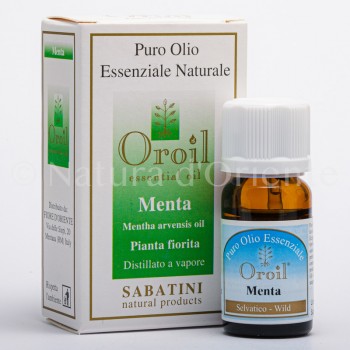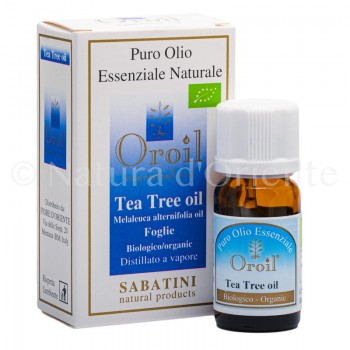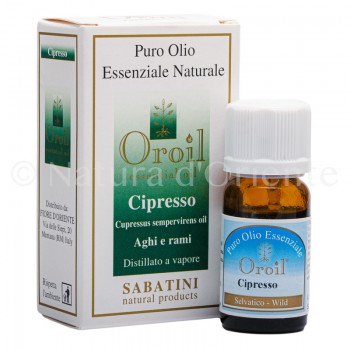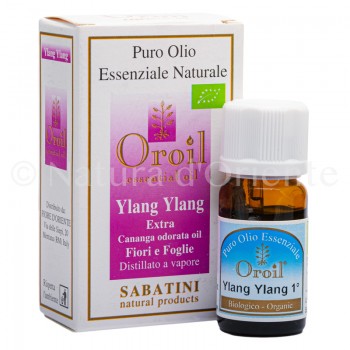Mentha arvensis essential oil is known for its balsamic and expectorant properties and for its tonic effect on the nervous system and its astringent and purifying properties on the skin.
The plant and the production of essential oil
Mentha arvensis is a plant of the Lamiaceae family, it is known by the common name of field mint and sometimes you can also find it referred to as wild mint, the latter name however could generate confusion with the Mentha longifolia or Mentha sylvestris which is commonly called wild mint. Arvense mint grows in hilly areas in subalpine terrain and prefers wetlands often on the edge of cultivated fields. It is a herbaceous plant that reaches 60 cm in height, the stem ends with a tuft of apical leaves. The oval leaves are covered with a thick hair, it is actually glandular hairs very rich in essential oils which therefore give off a strong smell. The essential oil obtained from mentha arvensis is in fact richer in menthol than that obtained from peppermint, the method used to obtain it is steam distillation.
Properties of mint arvensis essential oil
It seems almost useless to write that mint has balsamic properties, the confectionery industry on the one hand and the pharmaceutical industry on the other have been exploiting these properties for a long time. Arvense mint is also attributed disinfectant, astringent and anti-inflammatory properties. As for the effects on the psyche, it would act as a tonic that helps against tiredness but also against headache.
Topical use of mint arvensis essential oil
Respiratory tract and skin are the parts of the body that benefit most from the properties of mentha arvensis. A few drops can be added to purifying tonics used against acne, increasing their astringent effect, but also against eczema and dermatosis; to massage oils for the pain-relieving effect. In suffumigi (basically a couple of drops in a basin of very hot water) as a remedy for respiratory tract diseases. As an alternative to fumigation, again to exploit its balsamic properties for the benefit of the respiratory tract, the essential oil can be added to a neutral oil and massaged on the chest, just like some specific creams are used for this purpose which in fact they often have peppermint essential oil among their constituents. Against headaches, a few drops of mentha arvensis essential oil can be diluted in a neutral oil and massaged with this on the temples and forehead.
Aromatherapy
In aromatherapy, the essential oil of mentha arvensis is useful for purifying the air and also as a remedy for mild respiratory tract infections, obviously due to the maximum balsamic and expectorant effect, fumigation is more effective than environmental diffusion. The toning effect of mint is useful for fighting fatigue and giving relief in case of headache.



 No reward points for this product.
No reward points for this product.















